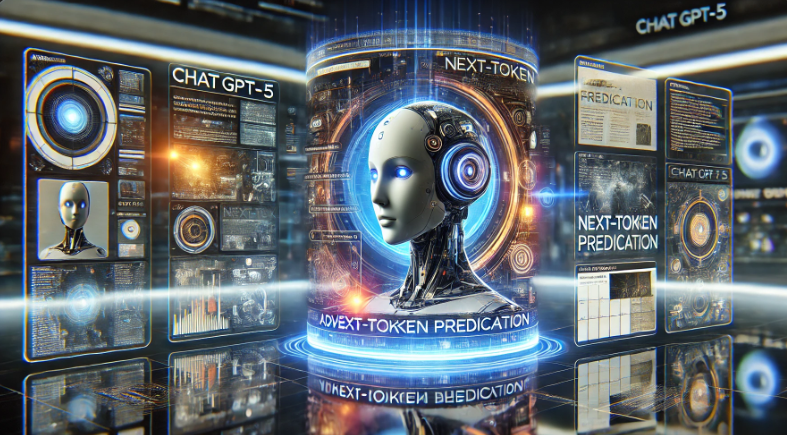New OpenAI Language Model on the Horizon: Potential of GPT-5 Explored

The field of artificial intelligence is constantly evolving, and OpenAI's upcoming GPT-5 language model is generating significant interest. While a specific release date hasn't been confirmed, reports suggest it may arrive in 2024. Let's delve into the available information about this potentially groundbreaking model.
The Ongoing Development of GPT Models
The Generative Pre-trained Transformer (GPT) series has seen significant progress since its inception. Released in June 2020, GPT-3 boasted 175 billion parameters, allowing it to perform various language tasks with impressive accuracy. Its successor, GPT-4, built upon this foundation, demonstrating improved performance and capabilities, such as handling complex queries and understanding context more effectively.
OpenAI's upcoming GPT-5 is generating considerable interest in the AI community. While details regarding its parameter count and specific technical advancements remain confidential, OpenAI and industry experts have hinted at some key aspects and potential features.
A Glimpse into GPT-5: Potential for Advancements
Limited reports from those who have witnessed early demonstrations of GPT-5 suggest a potentially more versatile and effective model compared to its predecessors. These reports include a CEO's positive assessment, particularly regarding its applicability to practical applications.
While details about custom business use cases and autonomous AI agents are not yet confirmed, they represent potential areas of exploration for GPT-5.
The Evolution of OpenAI's Conversational AI Models
The series of conversational AI models developed by OpenAI, known as Generative Pre-trained Transformers (GPTs), has demonstrated rapid advancements and increasing sophistication. Each iteration has pushed the boundaries of natural language processing (NLP) and artificial intelligence, transforming human-machine interaction. Let's explore the journey of these models.
From GPT-1 to GPT-4: A Foundation for Conversational Ability
- GPT-1 (2018): Introduced the transformer architecture, a key NLP innovation. With 117 million parameters, it laid the groundwork for future models. .
- GPT-2 (2019): A significant leap with 1.5 billion parameters, showcasing improved text coherence and context relevance.
- GPT-3 (2020): A transformative step with 175 billion parameters. GPT-3 generated human-quality text and tackled diverse tasks.
- GPT-4 (Unknown): Enhanced context handling, understanding, and response generation. Improvements in fine-tuning and diverse datasets addressed limitations from previous versions.
GPT-5: Exploring Multimodal Capabilities
OpenAI's upcoming GPT-5 language model is expected to introduce multimodal capabilities, potentially integrating text and encoded visual data. This advancement could open doors for various applications, including content generation and image captioning, further expanding the use of AI in different fields.
Core Functionality: Next-Token Prediction for Conversational AI
At its heart, GPT-5 remains a next-token prediction model. This means it can generate responses that are contextually relevant based on the prompts it receives. This core function is essential for conversational AI applications like ChatGPT, allowing for smoother and more natural interactions between users and AI interfaces.
The Future: Challenges and Opportunities for GPT-5
As OpenAI prepares for GPT-5's release, the focus shifts towards the challenges and opportunities it presents. Addressing concerns about model performance and reliability while exploring novel use cases and applications are crucial steps in realizing the full potential of AI-powered language models.
Safety and Reliability: A Top Priority
A vital aspect of GPT-5's success is OpenAI's rigorous testing and validation process to ensure its safety and reliability. As AI advancements continue, maintaining transparency and accountability in development remains essential.
FAQ
Q: How will ChatGPT 5 be different from ChatGPT?
A: ChatGPT is a specific model built on GPT-3, focused on conversational interactions. GPT-5 is the underlying language model, potentially powering various applications like a more advanced ChatGPT.
Q: How will GPT-5 handle different visual data formats (images, videos)?
A: Details are scarce, but it might involve encoding these formats for processing alongside text data.
Q: Will GPT-5 be able to learn and adapt over time?
A: This is a possibility, involving retraining on new datasets or incorporating user feedback mechanisms.

